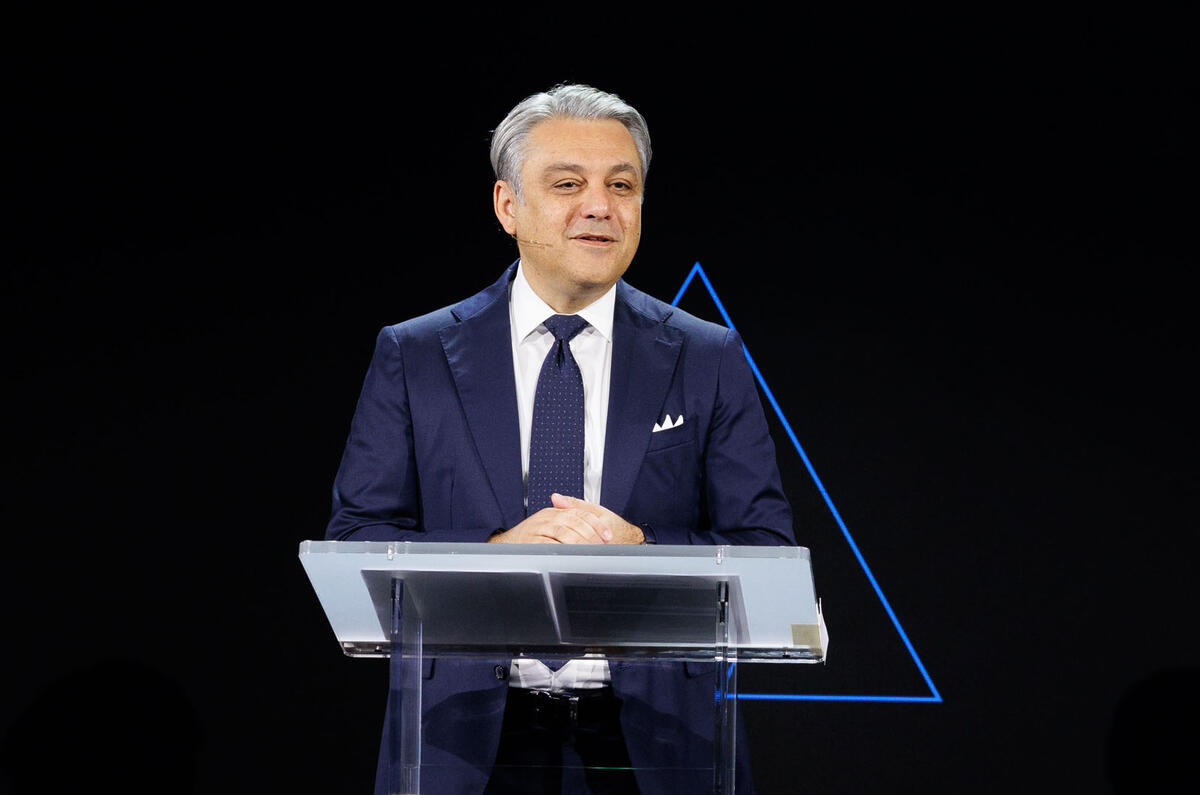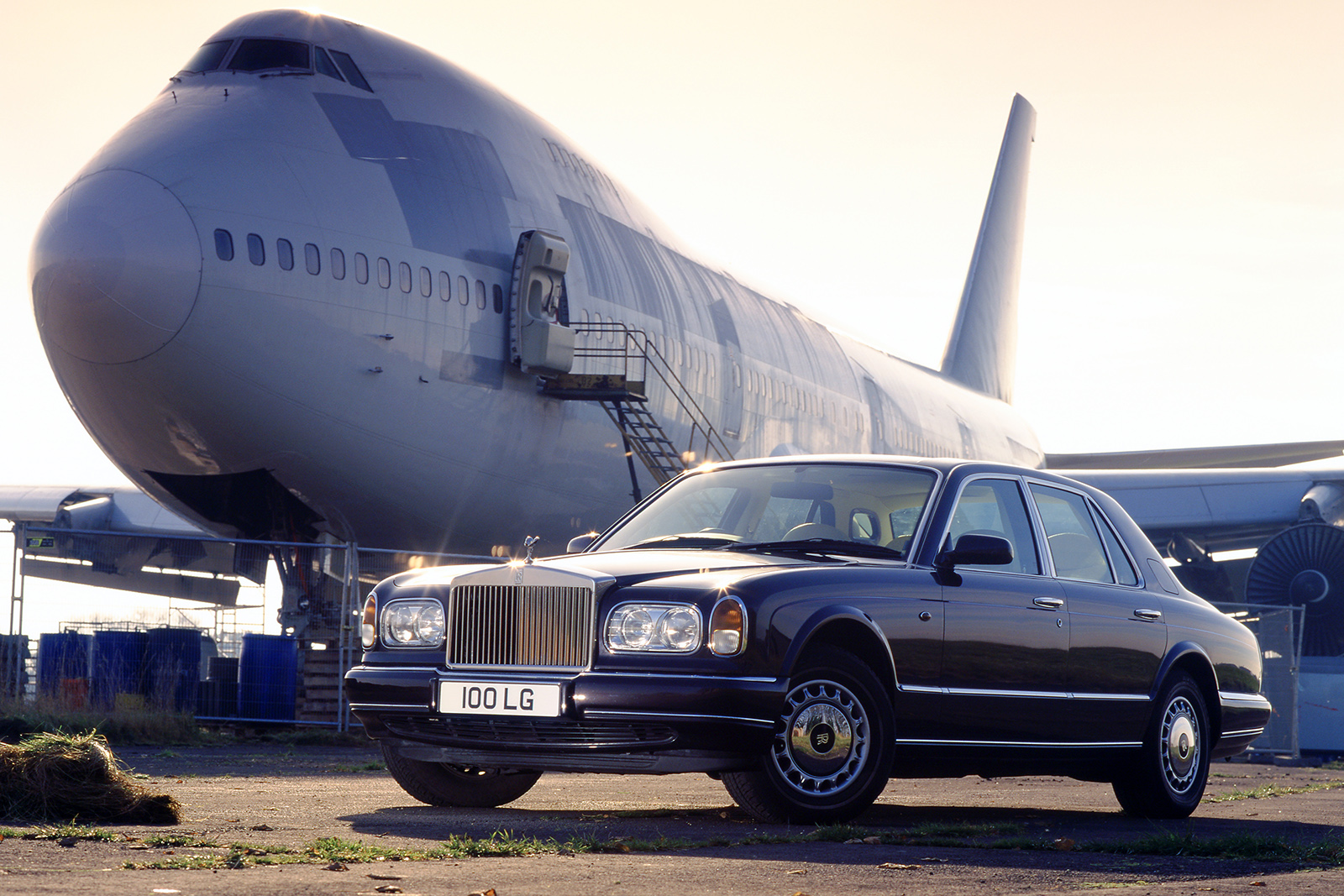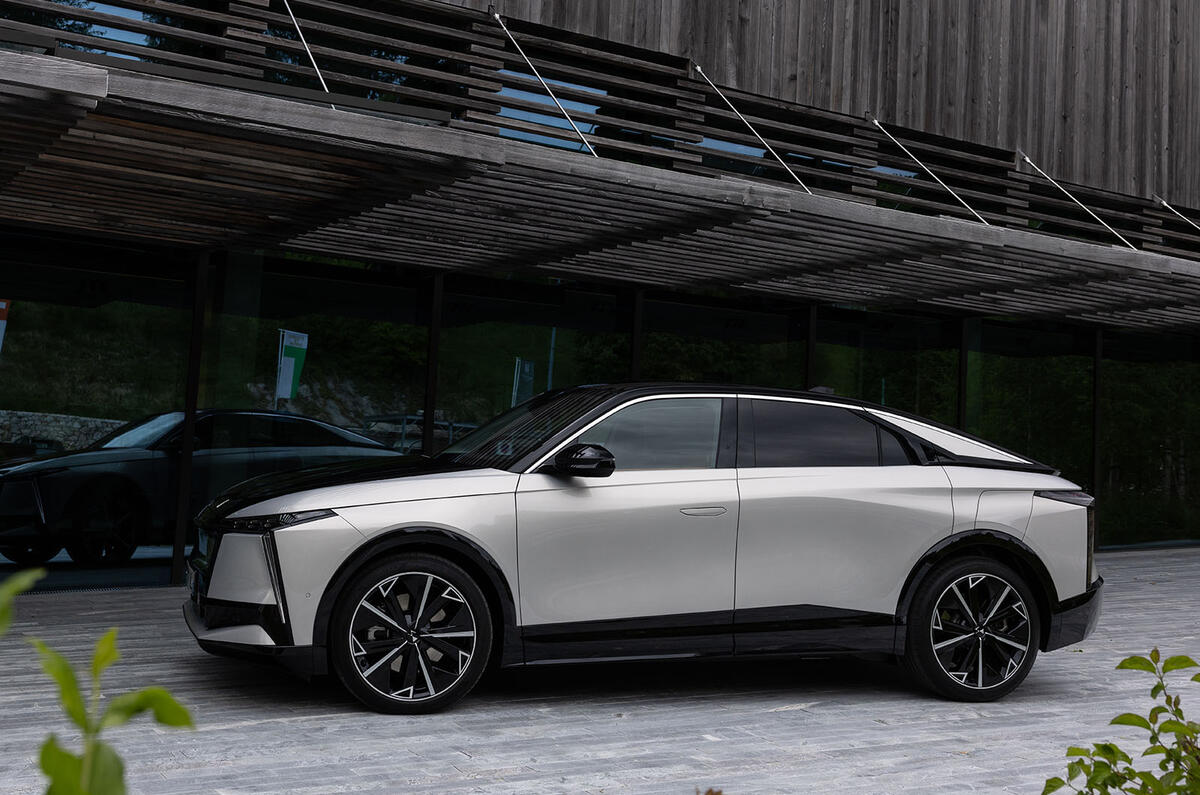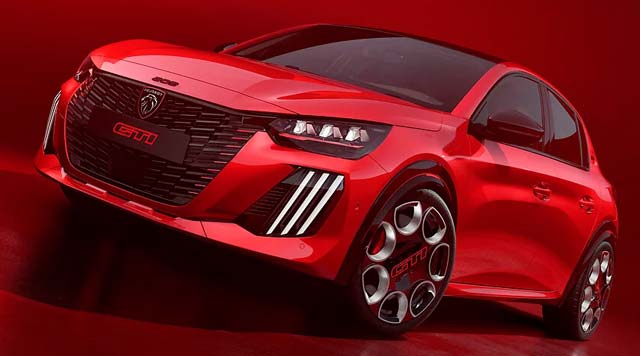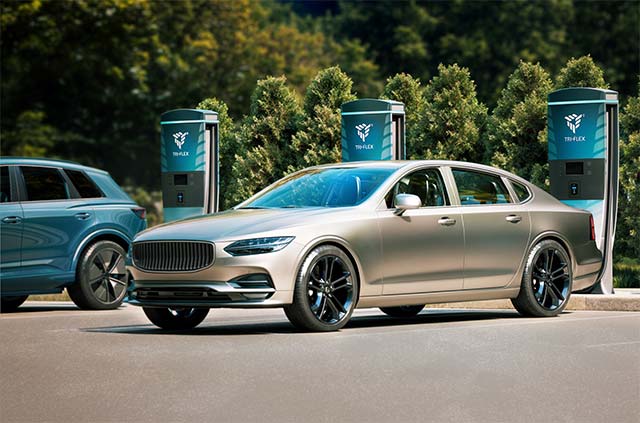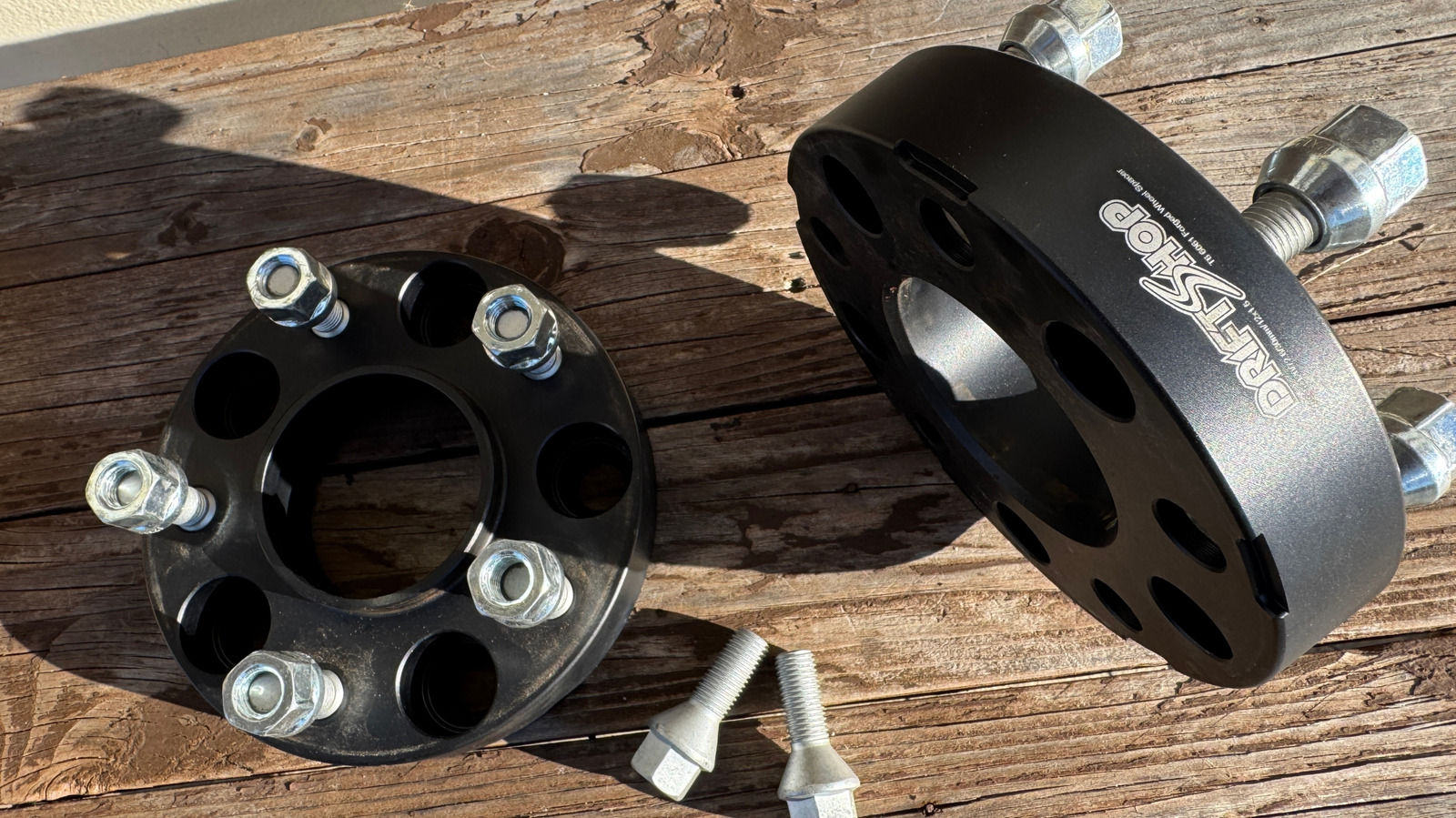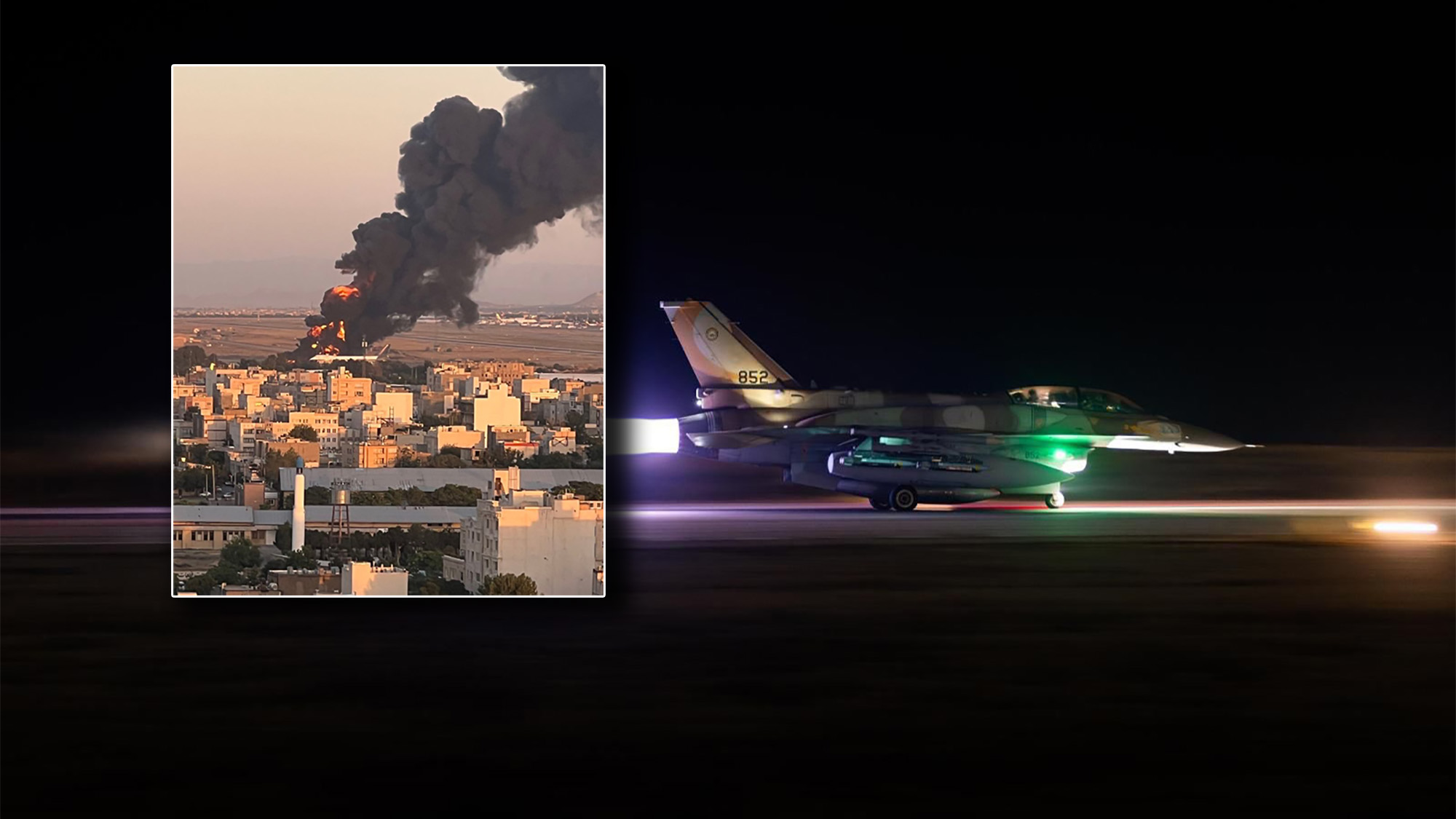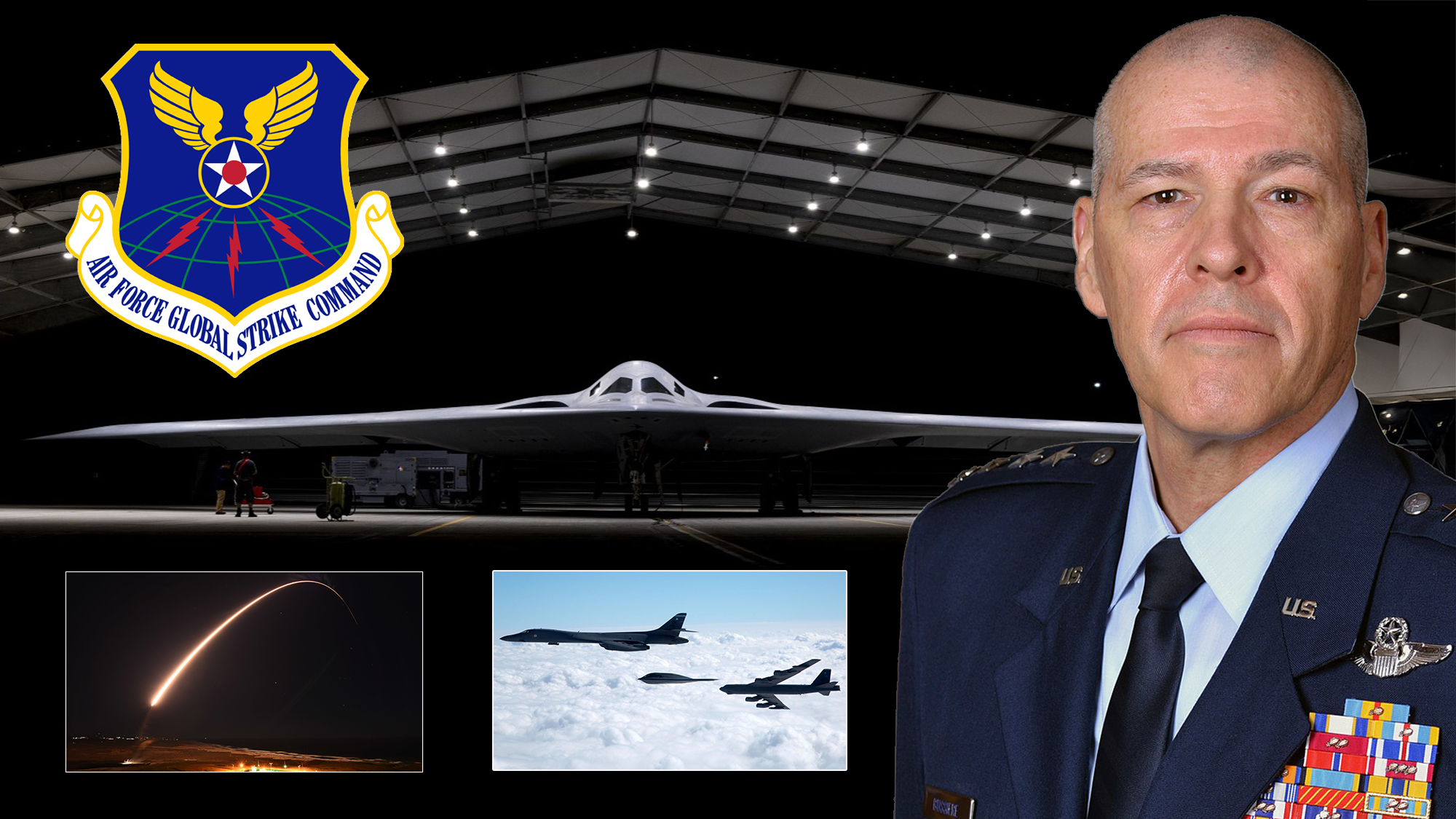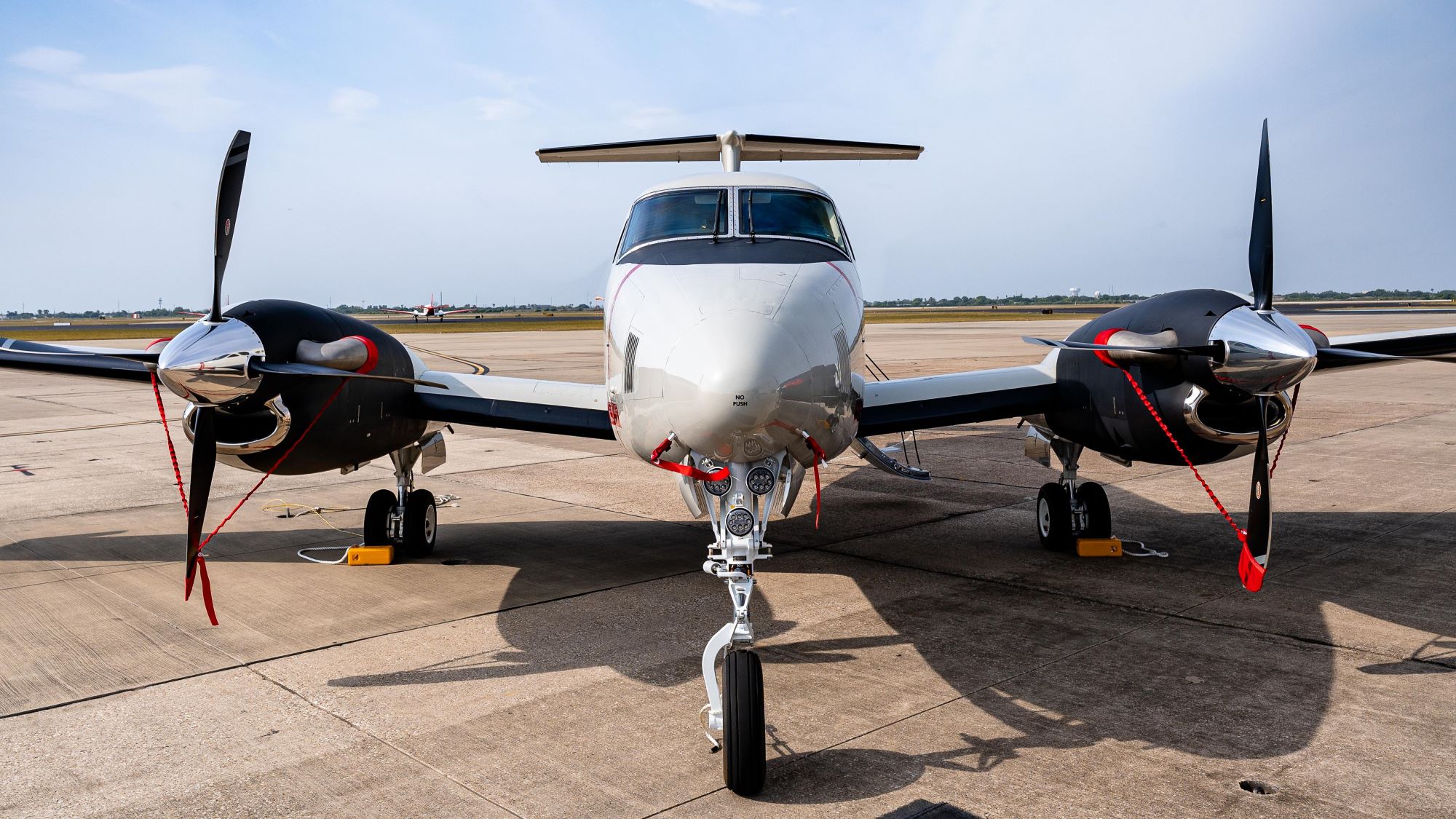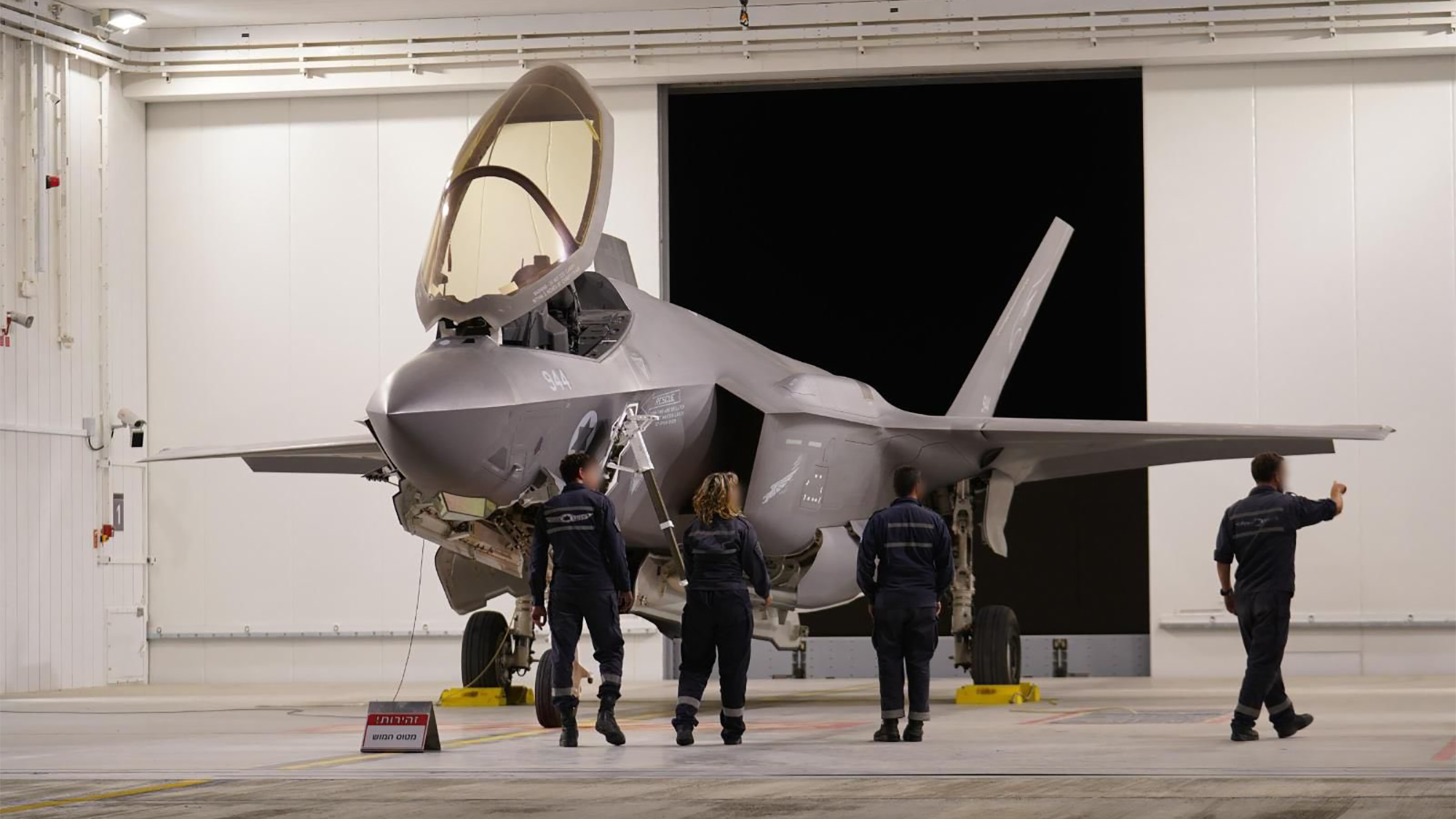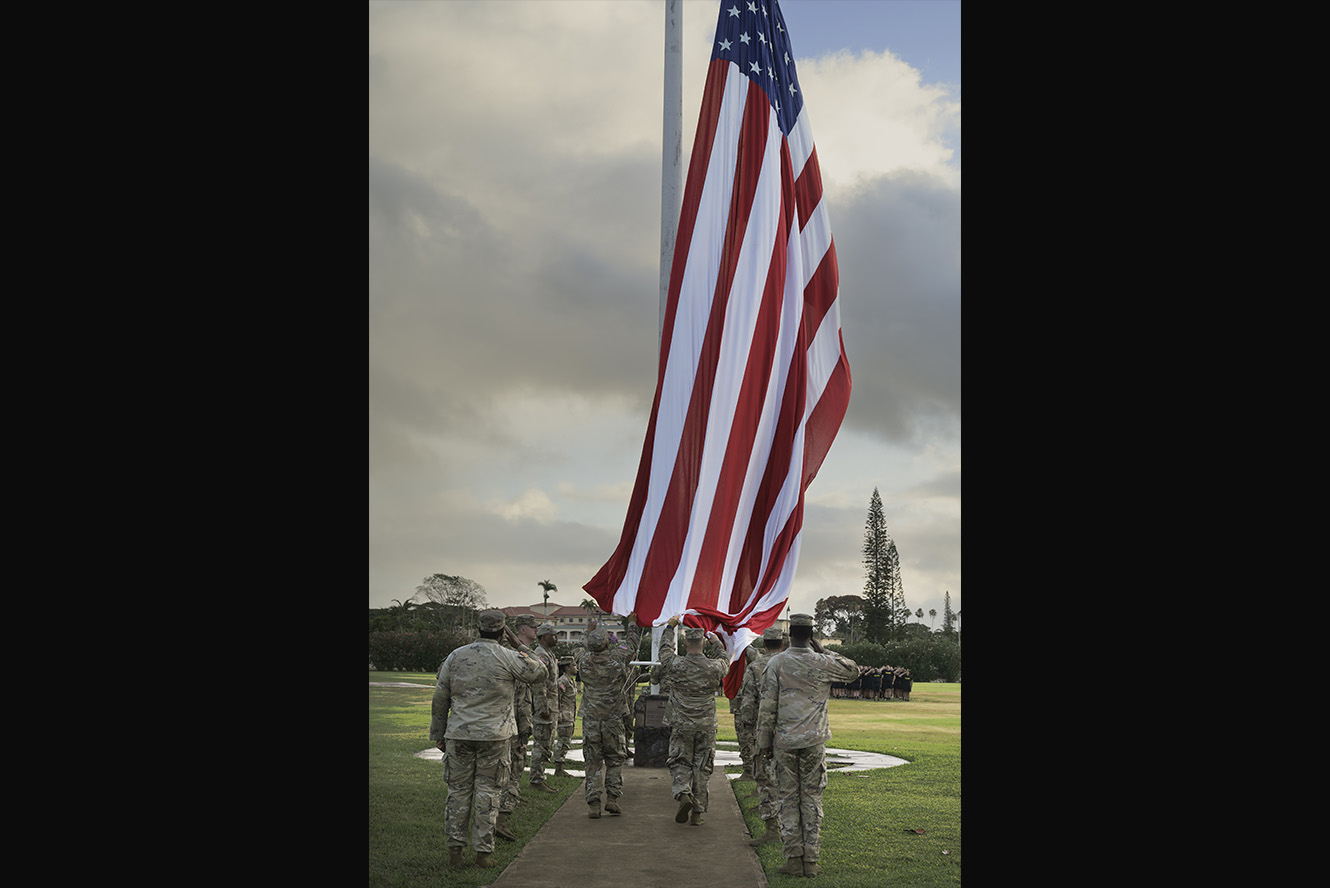China’s nuclear arsenal surges 20% in one year, reaching over 600 warheads: SIPRI
The Chinese arsenal is still much smaller than that of Russia and the US, but Moscow is watching Beijing’s buildup warily, one analyst told Breaking Defense.


A formation of Dongfeng-41 intercontinental strategic nuclear missiles takes part in a military parade celebrating the 70th anniversary of the founding of the People’s Republic of China in Beijing, capital of China, Oct. 1, 2019. (Xinhua/Lan Hongguang via Getty Images)
STOCKHOLM — China has boosted its nuclear arsenal by 100 warheads in just one year, growing from an estimated 500 to over 600 warheads in 2025, according to new data from the Stockholm International Peace Research Institute (SIPRI).
Beijing now possesses more warheads than the UK and France combined, and is expanding its arsenal faster than any other nation. Since 2023, Beijing has added approximately 100 new warheads annually, marking a significant escalation in its nuclear capabilities, according to the research group.
As of January 2025 China had completed or was nearing completion of around 350 new intercontinental ballistic missile (ICBM) silos across three desert regions in the north and three mountainous areas in the east. Depending on how China organizes its forces, it could match the ICBM counts of Russia or the United States by the end of the decade.
RELATED: DoD ‘exploring’ options for nuclear buildup as part of strategic review
Despite the rapid buildup, Beijing remains solidly in third place in terms of quantity. Even if China reaches its projected maximum of 1,500 warheads by 2035, its stockpile would still be only a third of the current Russian (5,459) and American (5,177) total nuclear arsenals, which possess nearly 90 percent of the world’s existing nuclear weapons.
“One part of Russia likes [the Chinese buildup] because it helps Russia in a stand up against the United States,” Hans M. Kristensen, researcher at SIPRI’s weapons of mass destruction program and director of the nuclear information project at the Federation of American Scientists (FAS), told Breaking Defense.
But, Kristensen said, Russia doesn’t like the idea of China surpassing it in overall status as a global power, and “they’re long-term worried that they will become number three“ internationally. China beefing up its nuclear weapons arsenal emphasizes that Russia may not be the main competitor for the US in the future.
The nine nuclear-armed nations — United States, Russia, United Kingdom, France, China, India, Pakistan, North Korea, and Israel — continue to upgrade their nuclear arsenals, with some deploying new nuclear-capable systems.
RELATED: New Pentagon report details China’s growing nuclear arsenal, possible new missile effort [2023]
The global nuclear warhead count in 2025 reached an estimated total of 12,241, which is actually a drop compared to 12,405 in 2024, the SIPRI report says. However, that decline is driven solely due to the United States and Russia dismantling older systems.
Despite the reduction, active modernization and deployment of new nuclear systems by major powers keep global tensions high and increased the number of warheads in military stockpiles. The number in military stockpiles (usable warheads) is up by 29 warheads to 9,614 in 2025 from 9,585 last year.
Roughly 2,100 warheads, mostly held by Russia and the U.S., remain on high alert, with France, the UK, and possibly China maintaining smaller numbers on similar status.
Russia’s Nuclear Arsenal
As of January 2025, Russia is “close to concluding the modernization of its strategic nuclear forces,” SIPRI says. Specifically, on replacing Russia’s Soviet-era ICBMs with newer models, such as the Sarmat heavy ICBM (designated SS-29 by the USA), the Yars (SS-27 Mod 2) ICBM, along with the Avangard hypersonic glide weapon system (SS-19 Mod 4).
Russia is also developing next-generation ICBM systems, such as the Osina, Kedr, and Yars-M, though it is uncertain which will be deployed and which are primarily for technology demonstration.
The Russian navy progressed with development of the Poseidon (Status-6), the strategic nuclear-powered torpedo, designed for new types of special-purpose submarines, including the K-329 Belgorod and Khabarovsk, the SIPRI report says. A third special-purpose submarine, due by 2027, will also carry up to six Posiedon torpedoes each.
Russia, China, India, Pakistan, and North Korea are actively deploying and upgrading dual-capable missiles that can carry either nuclear or conventional warheads, according to recent reports. Meanwhile, no evidence suggests that missiles held by the United States, United Kingdom, France, or Israel have dual-capable functions.
Both the US and Russia are facing delays in delivering new nuclear weapons platforms. The US Columbia-class submarine program, hampered by design issues, material shortages, poor work quality, and Covid-19 complications, is a year to 16 months behind schedule as of April 2024. The Sentinel ICBM replacement suffered a Nunn-McCurdy cost breach last year and, as Breaking Defense reported last week, the first test launch of the weapon is now in flux.
The US is upgrading nuclear storage vaults and infrastructure at RAF Lakenheath, UK, to potentially store nuclear weapons. This is part of a broader plan to modernize up to 180 nuclear vaults across Europe, including active and caretaker-status vaults at various bases.
SIPRI estimates that as of January 2025, approximately 100 of the new version of the guided nuclear bomb B61-12 were stationed at six bases across five NATO member states (Belgium, Germany, Italy, the Netherlands, and Turkey). These bombs replaced the earlier versions of the B61 deployed at the bases.
Meanwhile, In North Korea
North Korea’s military nuclear program remains a cornerstone of its national security strategy. According to SIPRI, North Korea had assembled approximately 50 nuclear warheads and had sufficient fissile material to potentially produce up to 90 warheads, as of January 2025. North Korea’s nuclear warhead arsenal is projected to expand in the coming years.
Considering Pyongyang’s relatively limited nuclear warhead stockpile compared to its extensive delivery systems, most of its missiles are likely dual-capable, able to carry both nuclear and conventional payloads.
According to Ukraine’s Ministry of Defense, North Korea’s dual capable and short range ballistic missile Hwasong-11(KN23) was launched against targets in Ukraine in June 2025.
“They’re learning a lot with performance, reliability, guidance systems, all these things that are important also for nuclear systems,” Kristensen said.
He suspects that in return Pyogyang “is getting very advanced technology from the Russians that will help them increase the performance of their nuclear systems.”








